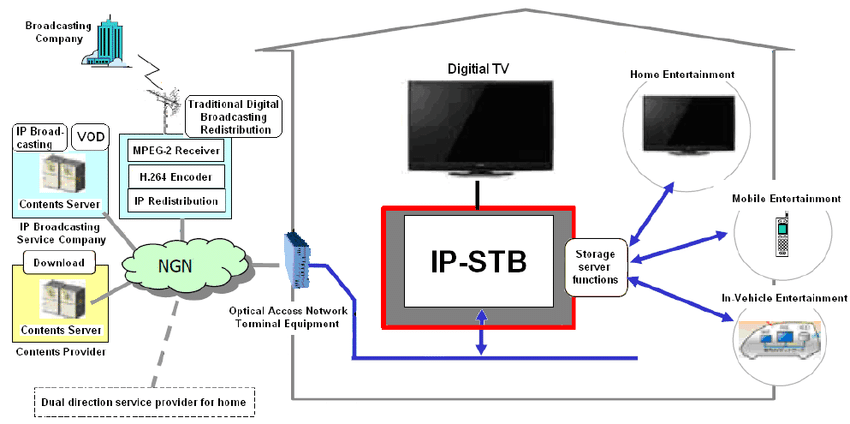Ethernet Access Technology
Ethernet access technology refers to a set of networking protocols and standards used to provide high-speed, reliable, and scalable connectivity for various types of networks. Initially designed for local area networks (LANs), Ethernet has evolved into a key technology for access networks, including metropolitan area networks (MANs) and wide area networks (WANs). It is now a common technology used for delivering internet access in both residential and business environments.
1. Overview of Ethernet Technology
Ethernet is based on the IEEE 802.3 standard and supports data transmission over twisted-pair copper cables, fiber optics, or wireless media. It operates at various data rates, ranging from 10 Mbps (Ethernet) to 100 Mbps (Fast Ethernet), 1 Gbps (Gigabit Ethernet), 10 Gbps, and even up to 100 Gbps in advanced networks. The technology provides low latency, high bandwidth, and compatibility with multiple protocols, making it suitable for diverse applications.
2. Ethernet in Access Networks
In access networks, Ethernet is deployed to connect users to service providers’ core networks. It is widely used for broadband services such as FTTH (Fiber to the Home), corporate internet connections, and in enterprise environments. Ethernet access can be delivered via:
- Fiber Ethernet (Fiber to the X, or FTTX): Fiber-optic cables provide high-speed internet services to homes (FTTH), businesses (FTTB), or other termination points. This type of Ethernet access supports data rates up to several Gbps, offering a future-proof solution for growing bandwidth demands.
- Ethernet over Copper: In cases where fiber is not available, Ethernet can be transmitted over existing copper telephone lines using technologies like VDSL2 (Very-high-bit-rate Digital Subscriber Line 2) or G.fast. Though the performance is lower than fiber, it still provides sufficient speeds for most applications.
3. Carrier Ethernet
Carrier Ethernet extends traditional Ethernet protocols to meet the needs of service providers and large-scale networks. This version of Ethernet provides features like:
- Quality of Service (QoS): Ensures that high-priority traffic like voice or video is delivered without delays or interruptions.
- Scalability: Carrier Ethernet is designed to operate over large distances and support thousands of users.
- Reliability: Features such as Ethernet OAM (Operations, Administration, and Maintenance) provide fault management and diagnostics for high availability.
4. Advantages of Ethernet Access Technology
- Cost-Effectiveness: Ethernet is relatively affordable compared to other access technologies like SONET/SDH or MPLS.
- Flexibility and Scalability: Ethernet supports easy upgrades, allowing service providers to offer higher speeds without changing infrastructure.
- Interoperability: As an open standard, Ethernet works with a wide range of hardware and software solutions, ensuring compatibility between different network devices.
5. Applications of Ethernet Access Technology
- Residential Broadband: Ethernet-based FTTH services offer ultra-high-speed internet to homes, enabling bandwidth-hungry applications like streaming, online gaming, and cloud services.
- Enterprise Networking: Companies use Ethernet to connect branch offices, data centers, and remote workers to corporate networks.
- Mobile Backhaul: Ethernet is used in cellular networks to backhaul traffic from cell towers to the core network, providing the necessary bandwidth for 4G and 5G services.
Conclusion
Ethernet access technology is a vital component in modern network infrastructure. Its flexibility, scalability, and cost-effectiveness make it the preferred choice for delivering high-speed internet access to homes, businesses, and mobile networks. As demand for higher bandwidth continues to grow, Ethernet technology will remain essential in meeting the evolving needs of network users worldwide.










